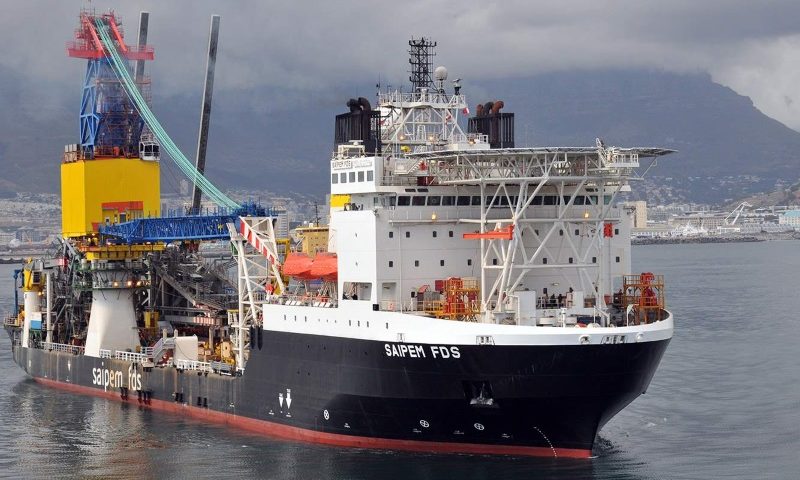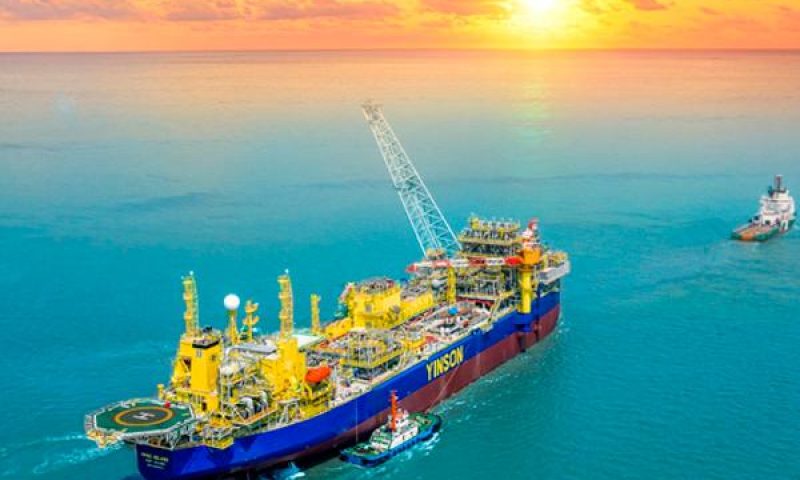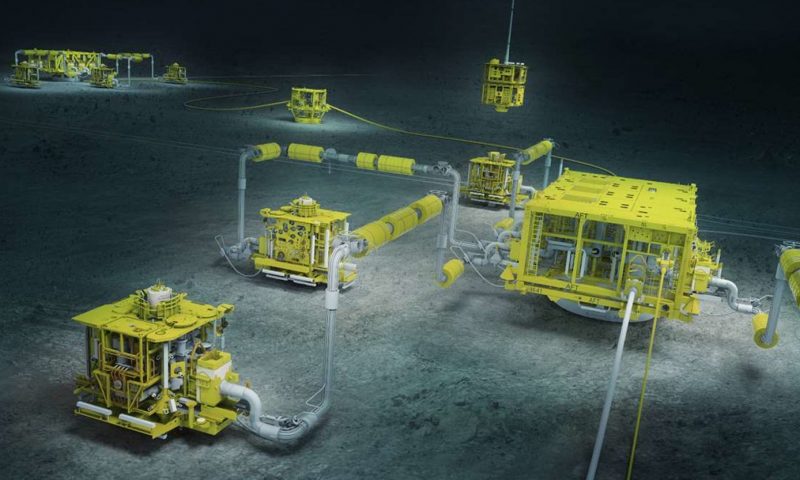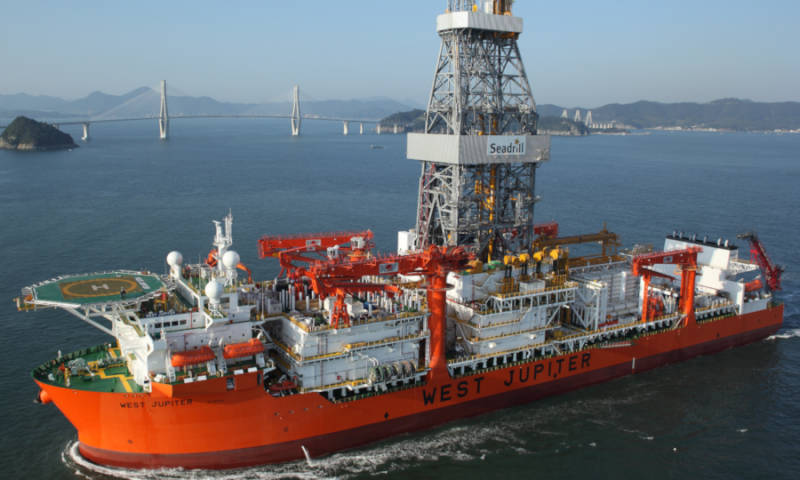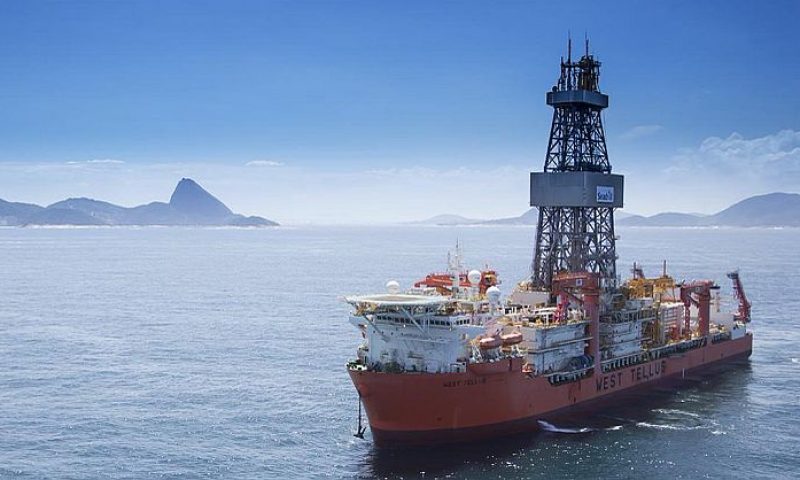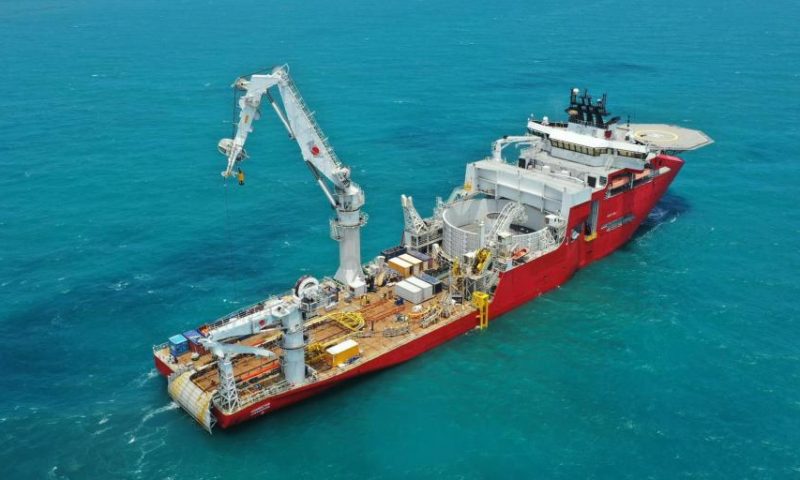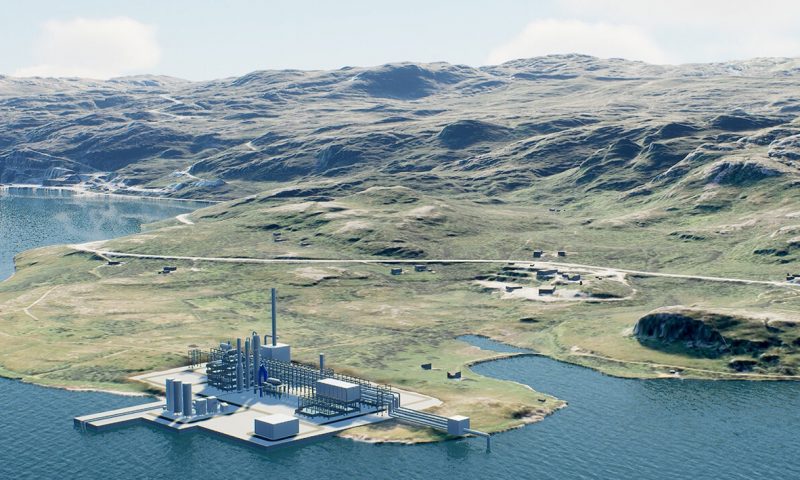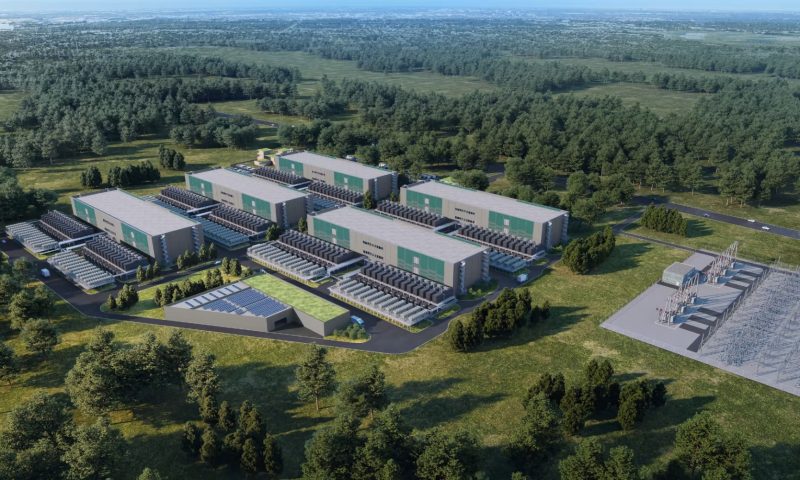
Petrobras Reopens Brazilian Antarctic Station
Petrobras will officially open Brazil’s new scientific outpost in Antarctica this week, 8 years after a fire destroyed its original base there. The new, $100 million station is nearly twice the size of the old one and stands out for its sleek architectural design and hotel-style accommodations for up to 64 people, including scientists and military personnel. Seventeen laboratories will support research in a range of fields, from environmental microbiology to human physiology, paleontology, and climate change.

A new research station designed by Brazilian architecture company Estúdio 41 can accommodate 64 people.
An inauguration ceremony is scheduled for 14 January, with Brazilian Vice President Hamilton Mourão and several cabinet ministers in attendance.
“It’s a first-class facility, really spectacular in many ways,” says Wim Degrave, a molecular biologist and biotechnology specialist at the Oswaldo Cruz Foundation who visited the station in November 2019. But many scientists worry that the Brazilian government, whose support for science has plummeted the past few years, may not make enough money available to use the facility to its full potential.
The 2012 fire, which started during a fuel transfer operation, killed two navy officers. The new base was commissioned 1 year later, shortly before public funding for science in Brazil reached a historical peak. Construction started in 2015 and is now nearly complete. Safety and operational systems must still go through a commissioning phase before the base can be occupied and become fully operational in the next austral summer.
Brazilian researchers have continued to do research in Antarctica the past 8 years with the support of two Brazilian navy oceanographic research vessels and a series of container modules on land that will be gradually deactivated.
The new base stands at the site of the old one, at the Keller Peninsula of King George Island, and will keep its name: Comandante Ferraz Antarctic Station. But the similarities stop there. The new outpost is not only bigger (with 4500 square meters of floor space) and much prettier, it was designed by Estúdio 41, a Brazilian firm, but also much safer and better equipped for operating in Antarctica’s harsh environment. Its predecessor was basically a rugged network of adapted containers, first assembled in 1984, with limited research facilities.
“It’s quite the upgrade,” says Jefferson Simões, a glaciologist at the Federal University of Rio Grande do Sul and vice president of the international Scientific Committee on Antarctic Research. For example, biologists who went on collecting trips with the navy had to freeze their samples on board and wait for months before they could start to process them back in Brazil. Now, they will be able to process them right away at the new station. “This makes a huge difference in the research. It’s much better to work with fresh samples,” Degrave says.
The Ministry of Defense is paying for the building, which was constructed by a Chinese company; the Brazilian navy will operate it. But funding for research is a concern. The Brazilian Antarctic Program (Proantar), created in 1982 to support Brazil’s scientific and geopolitical interests in Antarctica, has been hampered by funding uncertainties in recent years. Researchers managed, at great cost, to secure an 18 million real ($4.5 million) funding call for Proantar in 2018, just as it was running out of money. It’s the largest sum ever injected into the program at once, according to the Ministry of Science, Technology, Innovation and Communication. An additional 2 million reais was allocated in 2019 to equip the new station labs.
The grant money is being distributed among 17 selected research projects, for a 4-year funding term that ends in 2022. Several of the selected projects involve the molecular study of Antarctic biodiversity, whereas others will try to shed light on the geological history of the continent and its climatic, oceanographic, biological, and geophysical connections to South America.
The money is enough to keep Proantar alive for now, Simões says, but soon it will be time to start to pass the bucket again. Ideally, he estimates the program would require have $1.5 million a year in research funding—not including logistical costs—to remain stable and scientifically productive in the long term. “The infrastructure is in place, now it’s up to us, together with the government, to find the money we need to support the research that needs to be done there,” Simões says. “Otherwise, it will be just an empty house.”
The Brazilian government has made no commitments beyond 2022, but a ministry spokesperson issued a reassuring note in an interview. “Proantar is undoubtedly a program of strategic interest to the Brazilian government and there can be no discontinuity in its flow of resources,” the spokesperson said.






